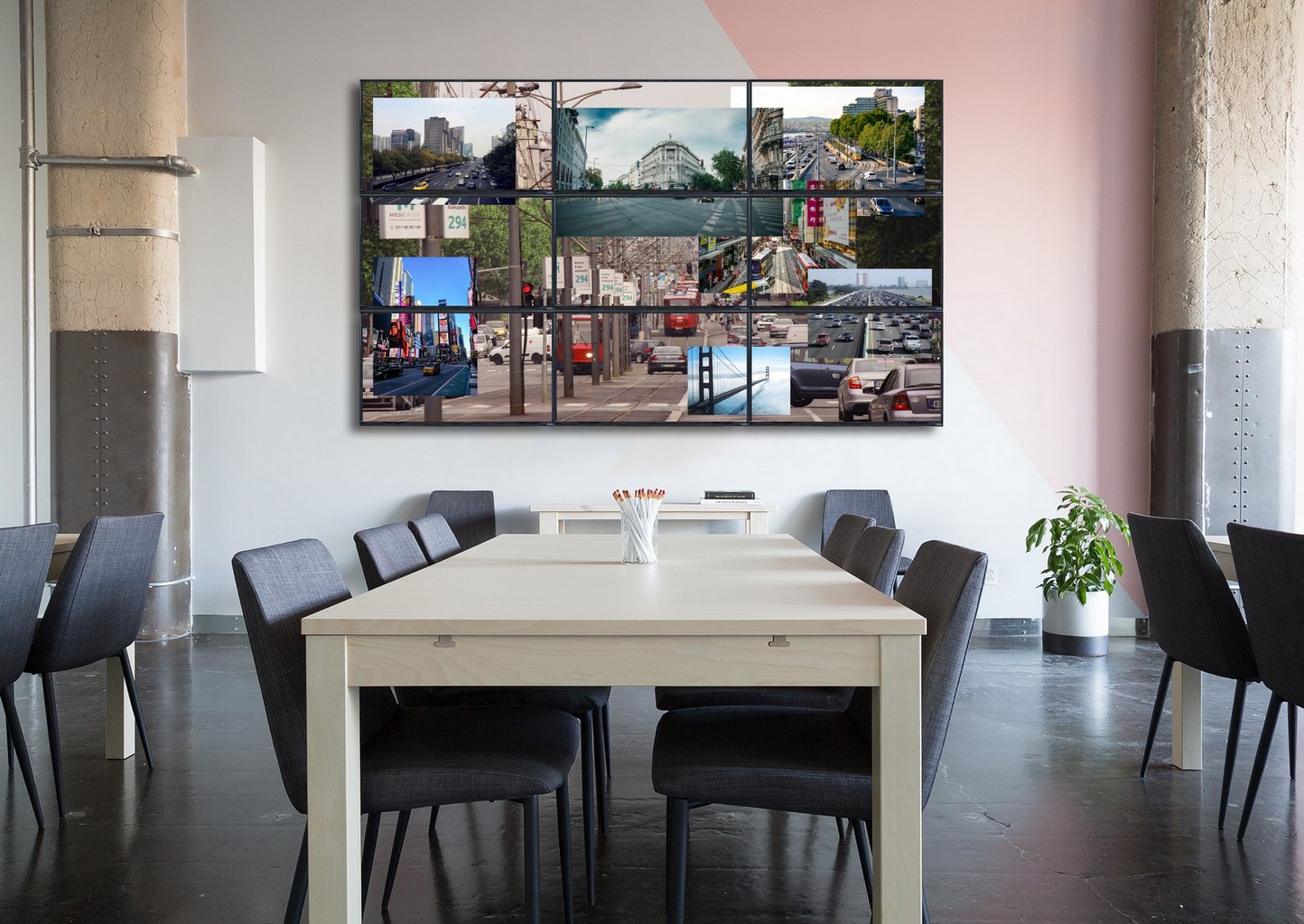We’ve all been exposed to a conference room in one way or another. Whether we have done a presentation in school, held a conference at work, or been involved in the entertainment industry, we all have participated in video displaying of some description.
But have you ever considered why optimised visuals are so important in video display? Regardless of the content you create or broadcast, quality video and audio presentations are crucial to effective and efficient working, learning, or entertainment.
We’re going to take you through the ins and outs of video display and video process, so you get a better understanding of the digital display world!
Let’s go.
Why is video visualisation important in conference rooms?
Let’s start with the basics; why is video visualisation important? Well, there are a multitude of different reasons why it’s so critical. To break it down, we need to look at the situations and industries where visualisation is essential.
Education, work, entertainment and leisure are all heavily integrated with visualisation; without it, these sectors would not run as efficiently as they do. Visualisation is vital to engage, educate and inspire people. Without it, messages can get lost in words, people are less likely to remember information, and visual learners and responders would be critically disadvantaged.
So, in order to deliver a service that everyone deserves, video visualisation has to be of top priority in the conference rooms.
We also have to consider that conference rooms are streamed and projected on any number of devices and mediums. Therefore, proper visualisation needs to be prioritised to make sure that visuals are appropriate for all of them. We receive visuals on computer screens, projectors, monitors and wall screens, so making sure that visuals are running effectively is super important!
Video conferences are also designed to deliver visuals to potentially thousands of people who expect to gain a certain level of information. If the visuals are not prioritised to deliver to those amounts of people, then the goal of the presentation is undermined.
The visual display should be at the forefront of your display preparation for a truly effective, efficient, and fruitful visual process.
What kind of display do we have?
As with any kind of presentation, there are numerous display options. If you think back to your school years, you might remember watching presentations on computers, projectors, monitors and any other device that has a screen. But have you ever seen or worked on a video wall?
A video wall is a type of display that consists of multiple screens. It’s pretty self-explanatory in the sense that multiple screens or monitors come together to form a wall display. They can be big or small, but the premise is still the same. But, video walls need controllers that form large scale graphics that display seamlessly across the screens, so your conference room is as efficient as possible.
At DEXON, we offer multi screen controllers specifically designed to work with large scale displays like video walls.
How do we operate conference rooms?
Operating a conference room is more challenging than you would think. There are many elements at play that optimise the audio and visual display, so everyone gets the information they need.
Visuals have to be managed by a custom processor to run efficiently, like matrix switchers, presentation switchers, video processors, and other broadcast devices.
Let’s break down some of that tricky terminology.
Matrix Switchers
Matrix switchers route signals from audio and visual input to different devices all at once. This allows for the presenter to add various types of media into their conference. Matrix switchers allow seamless audiovisual display that looks professional and optimal.
Presentation Switchers
Presentation switchers are hardware boxes that allow you to switch between loaded presentations.
Video Processors
A video processor is a system that makes an image appear and move in any way that the conference speaker wants them to move.
These components are vital to a smoothly running presentation and are especially important if the conference speaker is using a video wall, for example.
What kind of equipment can we use?
At DEXON, we have a variety of equipment that you can use in your endeavour to run a seamless presentation. Picking a quality processor, switcher, or matrix can be tricky, so we’ve compiled a couple of examples of the equipment we have to offer, so you can make the most well-informed decision possible.
Frequently Asked Questions
What is a conference room?
Conference rooms are spaces where lectures, meetings, events, talks and presentations are held. We primarily use conference rooms to exchange information with the use of visual and audio aids.
Why do we use a video wall?
The main reasons for using a video wall primarily have to do with increased efficiency. Video walls are great for conveying and displaying high volumes of information to lots of people at once. This method allows for distributing the same messaging to large quantities of people, so breakdowns in communication are avoided.
How to select the right one?
When choosing any device, you have to consider your uses and needs. To reap the most benefit from your video wall for example, you’ll want to consider what environment it is being used in, how many people will use it, and how they can all individually benefit.
